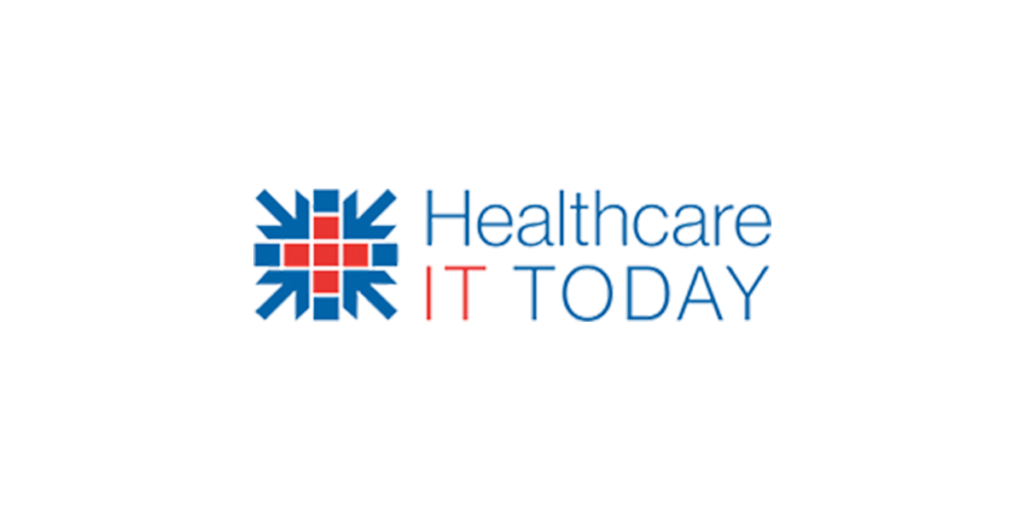Making AI Models in Healthcare Transparent One Bite at a Time – Regulatory Talk Series
The following is a guest article by Nick Barger, PharmD, Vice President, Product at DrFirst. This article is the third in the Healthcare Regulatory Talk series.
New data standards announced last December by the Office of the National Coordinator for Healthcare Technology (ONC) are an extraordinarily significant expansion of regulations around health IT and could hijack product roadmaps for years to come.
For EHRs faced with the daunting task of revamping platform technology and innovation roadmaps, the “Health Data, Technology, and Interoperability: Certification Program Updates, Algorithm Transparency, and Information Sharing (HTI-1)” final rule is like the elephant in the old proverb: too hard to consume all at once, more doable bite by bite.
Let’s start with the “bite” that represents the most pressing change – namely, new guardrails for AI-driven clinical decision support intervention tools, or DSIs.
While the ONC extended some 21st Century Cures Act compliance deadlines, including requirements that EHR developers adopt improvements in information sharing and patient data access, they held firm on making AI models in healthcare transparent by the end of 2024. It’s no surprise that HTI-1’s first deadline in a four-year compliance timeline supports the ONC’s most ambitious regulatory action in more than a decade.
The challenge for health tech developers is to demystify the algorithms behind clinical-grade AI by the January 1, 2025, deadline. Deconstructing the black box that surrounds complex machine learning systems in under a year won’t be easy. To make it doable – and to keep this first-ever focus on transparency from weighing down innovation in the fast-moving science of AI – the ONC has set forth a loosely defined “nutrition label” approach to documenting the primary ingredients of algorithms.
Here are some key points for EHRs and health IT vendors to consider when getting their development pipeline on track for compliance.
Identify Which Algorithms to Make Available
The final rule outlines ‘source attributes’ – the primary ingredients that make up an algorithm and power DSIs – that are essential for healthcare organizations to have visibility into if they are to make informed decisions about the technology they adopt.
EHRs that use, or plan to use, AI-powered tools should think beyond just the algorithms they create themselves and consider the machine learning models they purchase and incorporate into their core functionality.
The final rule stipulates that transparency requirements apply only to machine learning models “supplied by the health IT developer as part of its health IT module,” which the ONC defines as those for which an EHR takes stewardship and accountability.
The problem is that, between solution providers and third-party vendors, knowing which decision-support tool each party is responsible for documenting can be a blurry line. Drawing that line will depend on how the AI-enabled product is supplied to the end user, among other factors, such as whether it can be separated from the core offering or not.
The rule adds an extra layer of complexity to direct contracts between health IT vendors and AI technology startups. Vendors should plan on including these requirements as a deliverable when signing direct contracts with tech companies that are new to the healthcare industry to be on the safe side and minimize compliance risk.
Key Takeaways for Health IT Vendors
- Ensure your contracts with third-party AI developers include source attribute and risk management documentation as part of contract deliverables
- Even though the ONC will not require health IT vendors to make the source attributes visible directly in workflow, EHR vendors should provide easy pathways for viewing this information
- Editing permissions for source attributes should be restricted as needed
Leverage the Burgeoning á La Carte AI Ecosystem
By setting a single documentation template for all DSI tools, federal regulators are leaving the innovation door open and creating fast-track opportunities for future models of AI in healthcare. The phrasing in the final rule creates preference for an á la carte application ecosystem, where healthcare organizations and providers are empowered to pick and choose which third-party algorithms will deliver the patient outcomes they need.
Take Advantage of AI Transparency to Advance Outcomes and Innovation
With the final rule on HTI-1 in place, the industry can take on its next challenge: creating the infrastructure and strategic partnerships necessary to put algorithmic transparency to work developing the AI models of the future.
New rules around how those partnerships can be structured will help health IT developers tap into more clearly defined markets for AI technology startups. AI vendors whose products are designed to be deeply embedded in EHR workflow will need to prepare their “nutrition labels” with specificity to their partners’ needs.
In the face of increasingly complex regulations, leaders and developers of health IT have a decision to make: continue to build and supply AI and machine learning algorithms directly to all users, empower clients to add specific interventions that are uniquely tailored to their needs, or both.
Key Takeaways for Strategic Planning
- Build a framework and ecosystem for third-party developers to target decision support directly to healthcare organizations’ unique patient population within the EHR platform
As the HTI-1 final rule moves from adoption to compliance, watch for stories of how clinical-grade AI is making the health IT “elephant” more consumable and leading to better outcomes.
About Nick Barger, PharmD
Nick is Vice President of Product at DrFirst, where he leads design and development of intelligent medication management solutions for the e-prescribing pioneer and 300 EHRs and health information systems they partner with, providing clinical, regulatory, and digital workflow solutions that make healthcare more efficient and effective across the continuum of care. Check out all the articles in the Healthcare Regulatory Talk series.
Going to HIMSS 2024 in Orlando? Nick will be there and would love to speak with you about healthcare regulations, development roadmaps, compliance, and more. Come by booth #1481 from 1-3 p.m. Wednesday, March 13, or schedule a meeting here: https://drfirst.com/himss2024/

















